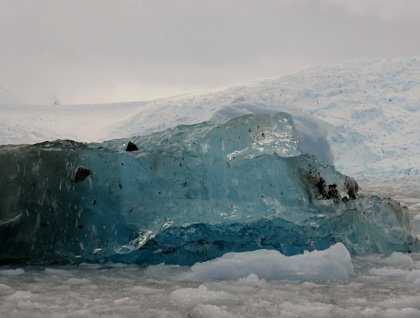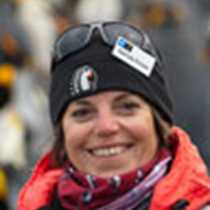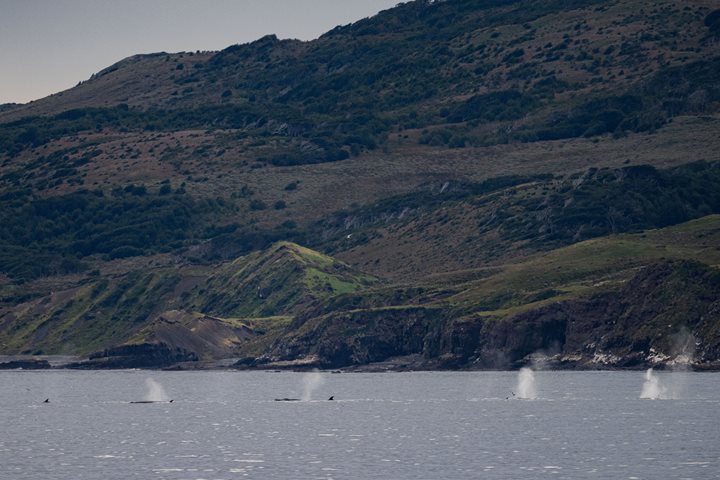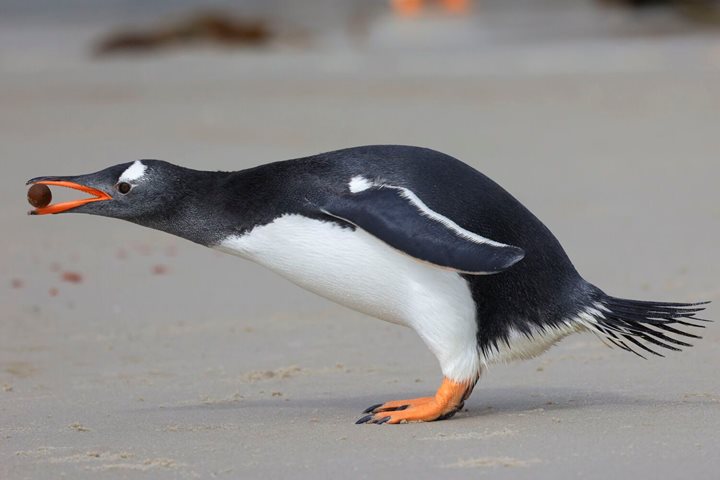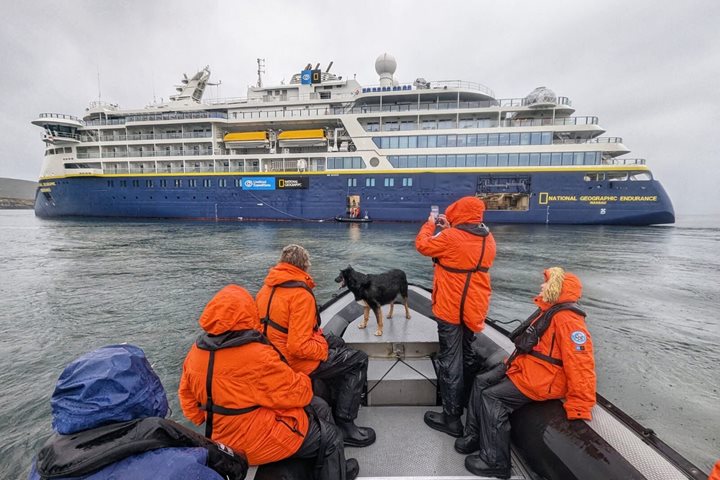Why is ice so mesmerizing? During this voyage we have been fortunate to see numerous glaciers flowing down into the ocean. We have photographed many shapes of icebergs and climbed icy slopes. We became acquainted with icy-terms like ice sheet, ice shelves, ice floes, bergy bits, brash ice and we even walked on fast ice! Yet, our fascination with ice has no limits.
To satisfy our interests for ice, the captain took the National Geographic Explorer into Cierva Cove, a protected bay on the northwest coast of the Antarctic Peninsula. Zodiacs were loaded to take us exploring in this colourful bay, as the scenery was beautiful. We navigated through the sound of brash ice and around grounded icebergs, many of which seem to have been sitting here for a long time. Some icebergs were tilted on its side, exposing old water lines and revealing smooth silhouettes that had been underwater until now. Others were fragments of their old self, breaking away as waves crushed them mercilessly. But our eyes were set on pieces of deep blue ice, the glass-like ice that was once sitting at the bottom of a glacier. As snow and ice accumulates over time, its weight compresses the ice beneath and the air bubbles trapped within the ice are compressed out. Here is when we perceive the true colour of ice: blue. Generally, snow and ice appear white to our eyes as light travels through ice that contains lots of air in it, reflecting back the many colours of the spectrum that we see as ‘white’.
The quietness of the scenery was interrupted by the presence of a helicopter that was transporting a load off the Argentine research station, Primavera. The name of the station (meaning Spring in English) refers to the unusual biodiversity concentrated in this area, which includes numerous species of nesting birds, species of Antarctic flora, and invertebrates. The ice-free land in this bay has been declared an Antarctic Specially Protected Area (ASPA) No.134 and it is managed by the Antarctic Treaty System. As landing in this area is not permitted to avoid human disturbance, we approached from the sea in order to discover the abundance of moss, colourful lichens and one of the two flowering plants that live in Antarctica: the hair grass (Deschampsia antarctica).
Despite of the excitement that at least one member of this voyage seems to have about lichens, it was hard to resist watching Chinstrap and Gentoo penguins bathing on the shoreline. An Antarctic fur seal swam around the boats showing its great flexibility, while a sleepy Leopard seal looked at us from its ice floe, utterly bored of our presence waiting for the perfect time to hunt. The Leopard seal and the penguins know the rules of this game very well. The Antarctic summer is getting to an end and only the strongest will survive.
Now, it’s time to sail north. Hopefully Elephant Island will be in sight by tomorrow morning, where new adventures await.

